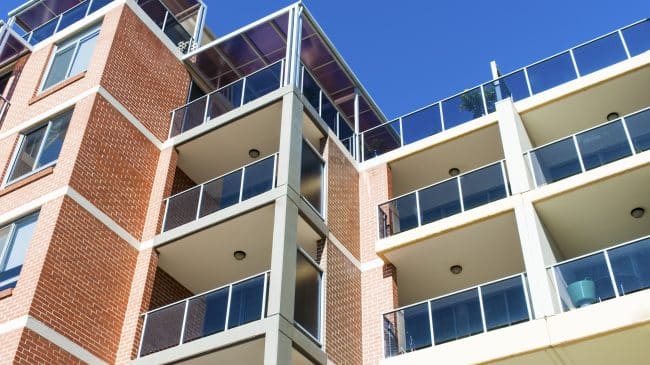California Proposition 10: Expands Local Governments’ Authority to Enact Rent Control on Residential Property. Initiative Statute.
Proposition 10 would repeal the Costa-Hawkins Rental Housing Act, which restricts a city’s ability to impose rent control regulations. Passage of this measure would allow municipal rent control laws.
Fiscal Impact
The fiscal impact is unknown but has the potential to lower state and local revenues by tens of millions annually as landlords realize less income and property values are depressed.
Proponents’ Arguments For
Proponents argue that excessive rents in California are forcing those on moderate incomes to cut back on other essentials, move out of the state or become homeless. They note that the measure does not impose rent control, but simply gives local communities the option to do so.
Opponents’ Arguments Against
Opponents assert that the measure will reduce the supply of rental housing by encouraging owners to take properties off the market by converting them into condos, co-ops or vacation homes. California cities that have older rent control ordinances that were grandfathered in have some of the worst rental supply problems in the nation, further proof that rent control makes the problem worse. The Costa-Hawkins Rental Housing Act was a rare bipartisan compromise that has worked, protecting property owners and providing more opportunity for renters.
Discussion
San Francisco has long experience with using rent control. A study by Stanford University researchers in 2017 found:
“[Rent control] reduced their supply of available rental housing by 15%, by either converting to condos/TICs, selling to owner-occupied or redeveloping buildings. This led to a city-wide rent increase of 7% and caused $5 billion of welfare losses to all renters. … Taken together, we see rent control … increased property investment, demolition, and reconstruction of new buildings, conversion to owner-occupied housing and a decline in the number of renters per building. All of these responses lead to a housing stock which caters to higher income individuals. Rent control has actually fueled the gentrification of San Francisco, the exact opposite of the policy’s intended goal.”
Rent control, or the threat thereof, deters the development of new rental units. Since many moderate-income Californians would struggle to finance the required down-payment on a condominium, a switch from rental to condo development would restrict their access to new housing.
While rent control offers cost savings to current renters, it also locks them into their units as it becomes harder for them to find other comparably priced units. It also reduces landlords’ incentives to maintain their properties. In extreme cases, when strict rent regulations persist in large areas for multiple decades, these restrictions can contribute to neighborhood blight, like the type New York City experienced in the 1970s.
It is worth noting that many US cities provide adequate supplies of affordable rental housing without rent control. Average rents in large, growing cities like Houston, Las Vegas and Phoenix are below $1,100 per month, which is less than half the levels charged in Los Angeles, San Jose, and San Francisco. While none of these out-of-state cities have rent control, they do have less restrictive land use regulations. California’s high rents are largely due to restricting the supply of housing and the best way to lower prices would be to allow housing supply to keep up with demand.
Voters’ Guide to the 2018 California Ballot Initiatives
The Voters’ Guide offers analysis of each of the 11 ballot propositions certified for the election being held on November 6, 2018.
